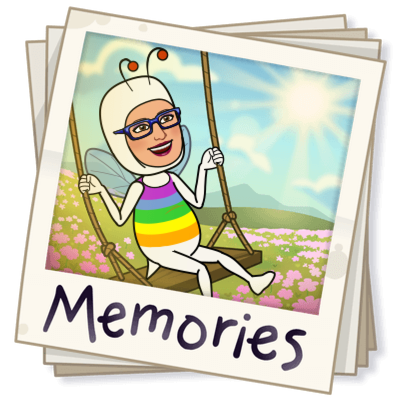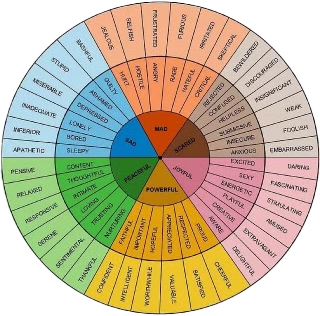Yes, many of my stories are challenging to read and as such, they have staying power. Staying power, you ask? Yes, they have been written for classroom storytime so that teachers can use them repeatedly. For families, they will last for a number of years or appeal to a larger age range than many leveled reading picture books. Let’s tease this out further.
In the Classroom: Complex Vocabulary Allows for a Five Day Read Out Loud with Scaffolding Lessons
For several years before I retired from teaching, we were being encouraged to read to our students the same book for FIVE days during our modeled reading periods. FIVE days yes! I watched a colleague sample this 5-day strategy with one book with mixed emotions. The presented scaffolding reading strategies gave me a deeper appreciation for the story. Surprisingly, I did see some merits; however, do keep in mind that I was an adult in a room with other adults that were not exhibiting behaviour issues and impatience. In addition, the book the presenter chose, certainly had enough substance that 5 days of analysis was possible.


As a teacher, it is tough reading a simple picture book five days in a row. It is hard to facilitate lessons that captivate the children’s attention with new insights. Not to mention as a teacher, it can be exceptionally boring reading the same simple book repeatedly. The vast majority of picture books are leveled to the reading abilities of new readers, and this is great for independent reading. BUT the books that have higher vocabulary offer more teachable analysis and depth for comprehension. Sometimes it can be challenging to find those ‘meaty’ read-aloud picture books that will last at least a couple of read-throughs.
The Home Bookshelf
Most families have at least one if not more bookshelves filled with picture books for their children. These shelves should be filled with all kinds of books. Simple picture books to even the odd chapter book. Consider the home bookshelf the home library that will nurture your child’s skill and love of reading.
It’s wonderful that many of these books are leveled to support the progression of children’s independent reading abilities. As a child conquers the simple read, they can pick up a new book with more new words to learn, practice their sounding out skills (decoding), gain more confidence and skill, then progress to the next level of independent reading. Slowly these simple books are looked at less often. Your child’s curiosity and desire to improve will propel them to pick up more challenging books.
This is where we as parents can encourage and entice the developing reader to playfully look at the pictures with hard words and use the pictures to tell them the story in their head. Also, at bedtime, by choosing a book that has tougher vocabulary, you are able to pique your child’s interest in looking at a tougher book. It might be through a simple picture walk at first, as outlined in the previous blog, then by repeatedly choosing it on other nights digging deeper reading only a couple of sentences of a page. But the story rhymes, you ask? Yes, and it’s okay to read it the way you want. You can read random interesting sentences the first time, then the next time you pick up the book you can read it with the rhyme. The book will be reborn in a new form.
The complex reads on your shelf become those five-day ‘meaty’ reads that I mentioned are done in the classroom. The difference is that you are reading them not necessarily of five consecutive nights but sporadically over a period of time. These complex books are enjoyed over months and years.


Last, by including a few classic chapter books or classic collections of fairy tales, in your home library, you are leaving these texts as a goal. They can be a point of discussion with your child. When they ask about these books here are a couple of explanations/strategies:
- Tell them as they become stronger readers, they will be able to read these no-picture books.
- Show them a page then frame several words that they will be able to decode, such as the, in, boy, girl, king, tree, etc. Ask them to read those words. Then offer the encouragement explaining that they already know a few of the words and in time they will learn to read more. Eventually, they will be able to read the entire story.
- Read to them the story without pictures. Check out the next blog for more on reading non-picture classics.
Complex books that have rich vocabulary and alliteration will last longer. These texts provide more points of discussion over comprehension through inferencing and understanding new vocabulary. These books carry adjustable weight as you exercise and build your child’s literacy muscle.







[…] What Do Challenging Picture Books Offer? Interest and Engagement for the Adults! Prev Post […]